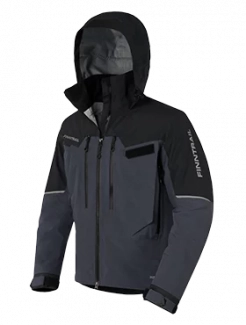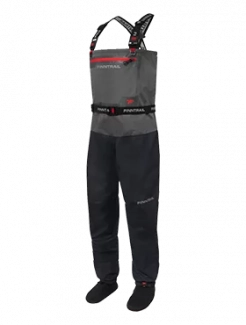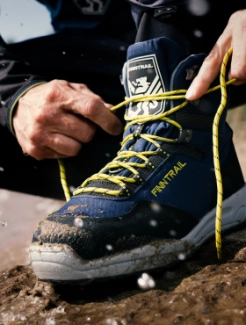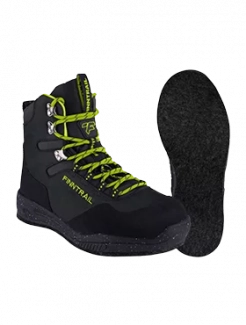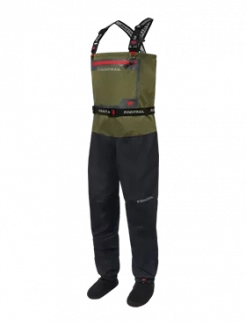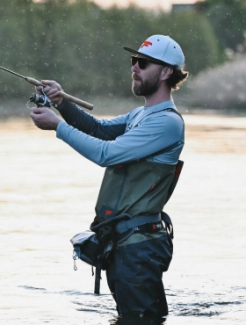Catching Catfish Made Easy: Tips, Tricks, and Bait
Catfish are a favorite target among anglers of all skill levels, thanks to their size, abundance, and fight. Whether you're fishing from a riverbank, in a pond, or trying your luck at catching catfish by hand, this guide will walk you through the best ways to catch catfish, including the best bait to catch catfish, where to catch catfish, and the best time to catch catfish.
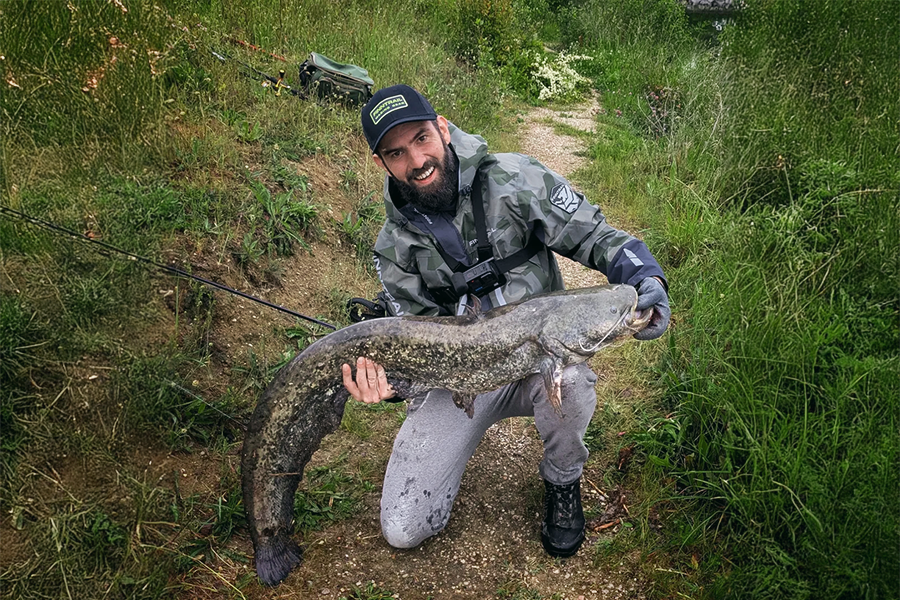
How to Catch Catfish: Getting Started
If you’re wondering how to catch catfish, it all starts with understanding their behavior and habitat. Catfish are bottom dwellers, meaning they usually feed near the bottom of rivers, lakes, and ponds. They rely on their keen sense of smell and touch to locate food, which is why smelly baits work so well.
Whether you're learning how to catch catfish in lakes, rivers, or ponds, the key is using the right gear and bait.
Best Places and Times to Catch Catfish
Where to Catch Catfish
Knowing where to catch catfish is half the battle. Look for:
-
Deep holes in rivers – Catfish often rest in these calm, cool areas.
Brush piles in lakes – These provide shelter and attract baitfish, drawing in hungry cats. -
Shady cover near banks – Especially in warmer weather, catfish seek cooler, darker areas.
-
Dams and spillways – The current stirs up food here, making it a feeding hotspot.
In rivers, the current draws food, so catfish wait in eddies or behind structures. In lakes, focus on underwater humps or creek channels.
If you're fishing from land, here's how to catch catfish in a lake from the bank: cast your line near structure like fallen logs, or areas with steep drop-offs. These are prime spots for catfish.
Best Time to Catch Catfish
The best time of day to catch catfish is typically early morning, late evening, or at night. Catfish become more active in low light conditions. That’s why catching catfish at night is extremely popular. The best time to catch catfish in rivers is during late spring and early summer when the water warms and they spawn.
A good time to catch catfish also depends on the season. Spring and summer offer the most action, but learning how to catch catfish in the winter can also yield big rewards, especially during midday when the water is slightly warmer.
Best Bait to Catch Catfish
Using the best bait for catching catfish can make a night-and-day difference. Catfish love stink and movement. Some good bait to catch catfish includes:
-
Chicken liver – Cheap and super effective
-
Cut bait – Sliced shad, bluegill, or herring
-
Nightcrawlers – Always a reliable option
-
Prepared dough/stink bait – Especially effective for channel catfish
-
Live bait – Such as minnows or sunfish (great for flathead catfish)
Want to target big ones? The best bait to catch catfish like blue catfish or flatheads is usually fresh cut bait or live fish. Channel catfish are more likely to go for stink baits or worms.
Catching Catfish by Hand (Noodling)
This method involves reaching into underwater holes, crevices, or submerged logs—often completely blind—and feeling around for hiding catfish. When you find one, the goal is to grab it by the mouth and pull it out with your bare hands.
While it might sound like something straight out of a reality show, this hands-on technique—known as noodling—is a time-honored tradition in many southern U.S. states. It’s believed to have been practiced for generations, passed down through families as a gritty, fearless way to catch big flatheads or channel cats.
It’s not for the faint-hearted. You’re not just facing the fish—there’s always the chance of running into snapping turtles, snakes, or other surprises in those murky hideouts. But for those willing to brave the unknown, it’s an adrenaline-pumping, unforgettable way to land a true river monster.
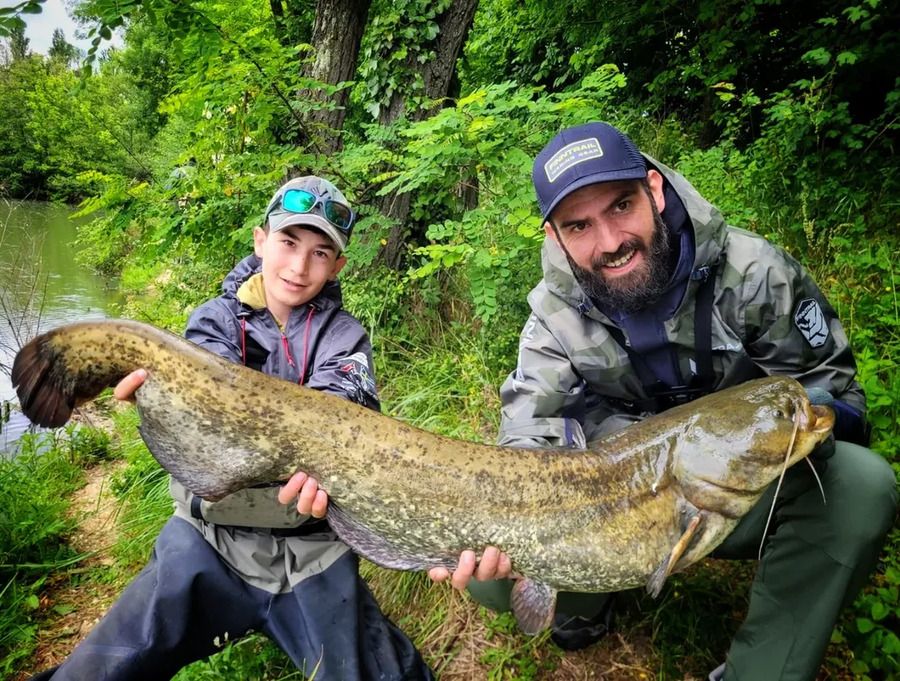
Best Way to Catch Catfish: Rod, Reel, and Tips
The best way to catch catfish is using a medium-heavy rod and a spinning or baitcasting reel with a strong line (20–30 lb test). A basic bottom rig with a sinker and circle hook works great.
Here are some tips for catching catfish:
-
Use a slip sinker rig to allow catfish to pull the bait without feeling resistance.
-
Fish near the bottom structure.
-
Keep your bait fresh and smelly.
-
Use strong, sharp hooks—catfish have tough mouths.
-
Be patient. Catfish sometimes take time before fully taking the bait.
A basic rod and reel, some stink bait, and a spot with structure can yield great results.
Species-Specific Strategies
Channel Catfish
Use stink baits, worms, or small chunks of cut bait. Channel cats are more aggressive feeders and often travel in schools. Look for moving water near channels and creek mouths.
Flathead Catfish
Flatheads prefer live bait like bluegill or shad. Target them near submerged logs, deep holes, or undercut banks.
Blue Catfish
Use large chunks of fresh cut bait in deeper sections of rivers or reservoirs.
How to Catch Catfish in Different Environments
Lakes
In lakes, catfish often hang around underwater structures, so target drop-offs, submerged points, and rocky or woody cover. Use cut bait or stink bait close to the bottom where catfish are most likely feeding. Drift fishing can be especially effective in open water, allowing you to cover more ground and find active fish.
Bank Fishing
When fishing from the bank, cast your bait near rocks, logs, or overhanging branches—catfish love to hide and ambush from these spots. Fish during low-light hours, early in the morning or just before sunset, and use a slip sinker rig to keep your bait resting on the bottom where catfish naturally feed.
Ponds
Ponds are typically home to channel catfish, and they're usually more aggressive feeders. Classic baits like worms, chicken liver, or commercial stink baits are all solid choices. Look for slightly deeper holes or shaded spots along the bank—catfish often hang out there during the day.
Rivers
When targeting catfish in rivers, the current becomes your best ally. Cast into eddies, behind rocks, or downstream of logjams and fallen trees—anywhere the flow slows down and creates a feeding pocket. Use heavier sinkers to anchor your bait on the bottom and keep it from drifting away. These slow-moving spots are prime catfish real estate.
Catching Big and Giant Catfish
Want to land a monster catfish? It all starts with the right bait and location. Big catfish prefer big meals, so use large chunks of cut bait, live bluegill, or shad to get their attention. These giants usually hang out in deep holes in rivers or reservoirs, especially near submerged logs, ledges, or drop-offs.
Sturdy gear is a must—heavy-duty rods, strong line (at least 20–30 lb test), and tough reels that can handle a long, hard fight. The best time to target trophy cats is after sunset or in the early morning hours, when they're more active and cruising for food.
Catching true giants takes patience and persistence. Many anglers spend hours—sometimes days—waiting for that one big bite. But when it comes, the fight is unforgettable.
Catching Small Catfish
For beginners or a fun day out with kids, small catfish are the perfect target. They're aggressive, easy to catch, and often found in stocked ponds or calm lake areas. Use simple baits like worms, small chunks of hotdog, or dough bait on a small hook with a basic slip sinker setup.
Stick to shallower water near shorelines or shaded cover, and you’ll likely get bites in no time. It’s a great way to introduce someone to fishing while still getting the thrill of reeling one in.
Conclusion: Good Way to Catch Catfish
The best way to catch a catfish depends on where you are, how big you want to go, and when you're fishing. Whether you're chasing cold-weather catfish, trying your hand at noodling, or casting lines with kids at the local pond—there's a technique for every angler.
Pick the right bait, understand your target species, and don’t rush it. With a little know-how and the right gear, catfishing can be seriously fun—and pretty rewarding too.
So grab your rod (or just dive in hands-first). That big catfish isn’t going to catch itself.
conditions for the best chance at success. Happy fishing!




